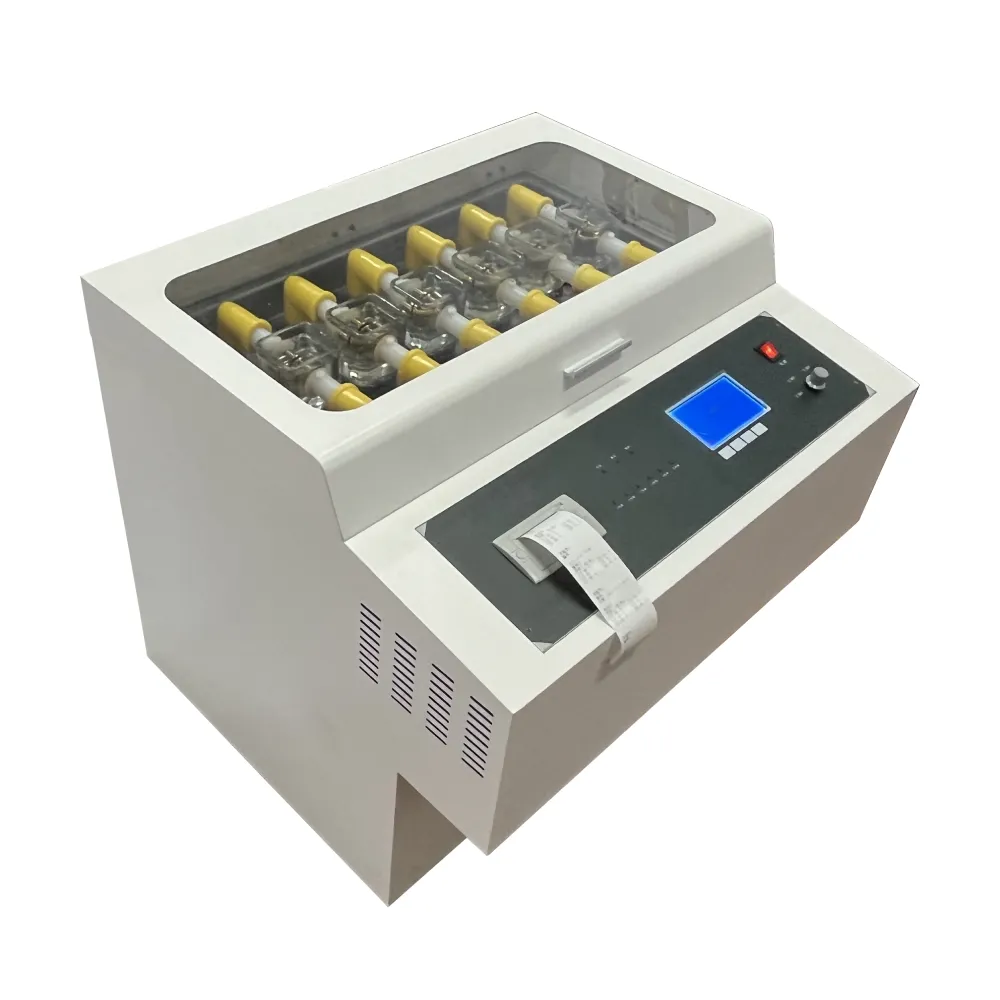 English
English



-
 Afrikaans
Afrikaans -
 Albanian
Albanian -
 Amharic
Amharic -
 Arabic
Arabic -
 Armenian
Armenian -
 Azerbaijani
Azerbaijani -
 Basque
Basque -
 Belarusian
Belarusian -
 Bengali
Bengali -
 Bosnian
Bosnian -
 Bulgarian
Bulgarian -
 Catalan
Catalan -
 Cebuano
Cebuano -
 China
China -
 China (Taiwan)
China (Taiwan) -
 Corsican
Corsican -
 Croatian
Croatian -
 Czech
Czech -
 Danish
Danish -
 Dutch
Dutch -
 English
English -
 Esperanto
Esperanto -
 Estonian
Estonian -
 Finnish
Finnish -
 French
French -
 Frisian
Frisian -
 Galician
Galician -
 Georgian
Georgian -
 German
German -
 Greek
Greek -
 Gujarati
Gujarati -
 Haitian Creole
Haitian Creole -
 hausa
hausa -
 hawaiian
hawaiian -
 Hebrew
Hebrew -
 Hindi
Hindi -
 Miao
Miao -
 Hungarian
Hungarian -
 Icelandic
Icelandic -
 igbo
igbo -
 Indonesian
Indonesian -
 irish
irish -
 Italian
Italian -
 Japanese
Japanese -
 Javanese
Javanese -
 Kannada
Kannada -
 kazakh
kazakh -
 Khmer
Khmer -
 Rwandese
Rwandese -
 Korean
Korean -
 Kurdish
Kurdish -
 Kyrgyz
Kyrgyz -
 Lao
Lao -
 Latin
Latin -
 Latvian
Latvian -
 Lithuanian
Lithuanian -
 Luxembourgish
Luxembourgish -
 Macedonian
Macedonian -
 Malgashi
Malgashi -
 Malay
Malay -
 Malayalam
Malayalam -
 Maltese
Maltese -
 Maori
Maori -
 Marathi
Marathi -
 Mongolian
Mongolian -
 Myanmar
Myanmar -
 Nepali
Nepali -
 Norwegian
Norwegian -
 Norwegian
Norwegian -
 Occitan
Occitan -
 Pashto
Pashto -
 Persian
Persian -
 Polish
Polish -
 Portuguese
Portuguese -
 Punjabi
Punjabi -
 Romanian
Romanian -
 Russian
Russian -
 Samoan
Samoan -
 Scottish Gaelic
Scottish Gaelic -
 Serbian
Serbian -
 Sesotho
Sesotho -
 Shona
Shona -
 Sindhi
Sindhi -
 Sinhala
Sinhala -
 Slovak
Slovak -
 Slovenian
Slovenian -
 Somali
Somali -
 Spanish
Spanish -
 Sundanese
Sundanese -
 Swahili
Swahili -
 Swedish
Swedish -
 Tagalog
Tagalog -
 Tajik
Tajik -
 Tamil
Tamil -
 Tatar
Tatar -
 Telugu
Telugu -
 Thai
Thai -
 Turkish
Turkish -
 Turkmen
Turkmen -
 Ukrainian
Ukrainian -
 Urdu
Urdu -
 Uighur
Uighur -
 Uzbek
Uzbek -
 Vietnamese
Vietnamese -
 Welsh
Welsh -
 Bantu
Bantu -
 Yiddish
Yiddish -
 Yoruba
Yoruba -
 Zulu
Zulu
gas chromatography mass spectrometry analysis
Gas Chromatography-Mass Spectrometry Analysis A Comprehensive Overview
Gas chromatography-mass spectrometry (GC-MS) is a powerful analytical technique widely used in various fields such as chemistry, environmental science, forensics, and pharmaceuticals. By combining the separating abilities of gas chromatography with the identification capabilities of mass spectrometry, GC-MS offers a robust methodology for the qualitative and quantitative analysis of complex mixtures.
Fundamentals of GC-MS
Gas chromatography works by vaporizing a sample and transporting it through a column coated with a stationary phase using an inert carrier gas, usually helium or nitrogen. As the sample moves through the column, its components interact with the stationary phase to different extents, resulting in separations based on their volatility and affinity for the stationary phase. The separated compounds exit the column at different times, known as retention times, which can be recorded as a chromatogram.
Once the compounds are separated, they are directed into the mass spectrometer. Mass spectrometry operates on the principle of ionization, where the separated molecules are converted into ions. These ions are then sorted based on their mass-to-charge ratio (m/z) in a mass analyzer. The result is a mass spectrum that provides information about the molecular weight and structure of the compounds present in the sample.
Applications of GC-MS
1. Environmental Analysis GC-MS is frequently used to detect and quantify pollutants in air, water, and soil samples. It can identify trace levels of pesticides, herbicides, and industrial chemicals, helping regulatory bodies monitor environmental safety and compliance.
2. Forensic Science In forensic laboratories, GC-MS plays a crucial role in toxicology. It is employed to analyze biological samples for drugs of abuse, poisons, and other toxic substances. The ability to provide unequivocal identification and quantification makes it an indispensable tool in criminal investigations.
3. Food Safety and Quality Control GC-MS is commonly utilized in the food industry to ensure quality and safety. It can analyze food products for contaminants, additives, and pesticide residues, helping to maintain food safety standards and enhance product quality.
gas chromatography mass spectrometry analysis

4. Pharmaceuticals The pharmaceutical industry often relies on GC-MS for drug development and quality assurance. It is used to analyze active pharmaceutical ingredients (APIs) and perform stability studies, ensuring that medications meet necessary regulations and standards.
Advantages of GC-MS
One of the key advantages of GC-MS is its sensitivity and specificity. It can detect compounds at trace levels, often in the parts per billion (ppb) range. The combination of qualitative and quantitative analysis in a single run saves time and resources compared to standalone methods.
Additionally, GC-MS has a broad application scope due to its versatility in analyzing volatile organic compounds (VOCs). It can handle a wide range of samples—from simple mixtures to complex biological matrices—making it invaluable across various research and industrial applications.
Challenges and Limitations
Despite its many advantages, GC-MS is not without challenges. The technique requires that the samples are volatile or can be made volatile, which excludes non-volatile compounds. Moreover, sample preparation can be labor-intensive, necessitating additional steps to ensure accurate results. Matrix effects can also complicate quantification, requiring careful calibration and validation.
Conclusion
Gas chromatography-mass spectrometry analysis represents a cornerstone of modern analytical chemistry, providing unparalleled sensitivity and specificity for the analysis of complex mixtures. Its applications span across diverse fields, making it an essential tool for researchers and industries concerned with safety, quality, and compliance. As technology advances, the capabilities of GC-MS continue to evolve, promising even greater precision and efficiency in future analytical endeavors. Through ongoing innovation and refinement, GC-MS will undoubtedly remain a critical technique in the scientific community.
-
Exploring the Main Types of Industrial Endoscopes and Their Applications Across IndustriesNewsJul.04,2025
-
Testing Equipment Industry Sees Major Advancements in 2025: Smart & Precision Technologies Lead the WayNewsJun.06,2025
-
Applications of Direct Current Generators in Renewable Energy SystemsNewsJun.05,2025
-
Hipot Tester Calibration and Accuracy GuidelinesNewsJun.05,2025
-
Digital Circuit Breaker Analyzer Features and BenefitsNewsJun.05,2025
-
Benefits of Real-Time Power Quality Monitoring Devices for Industrial EfficiencyNewsJun.05,2025



